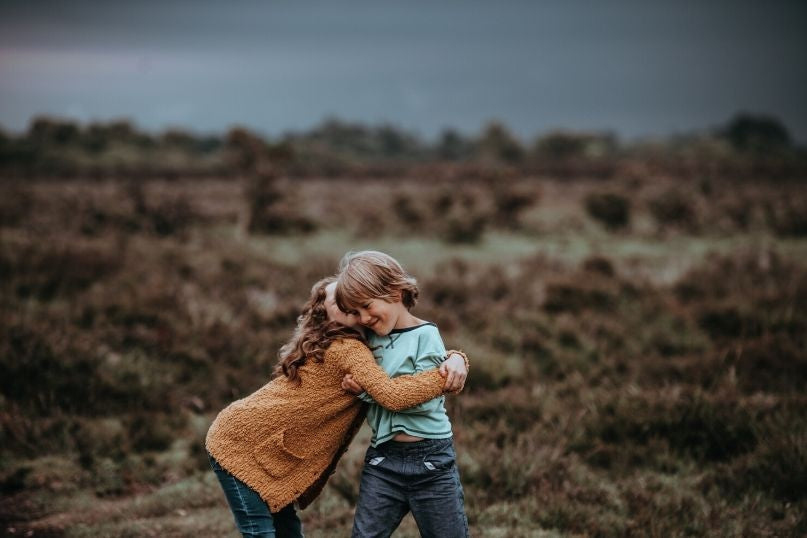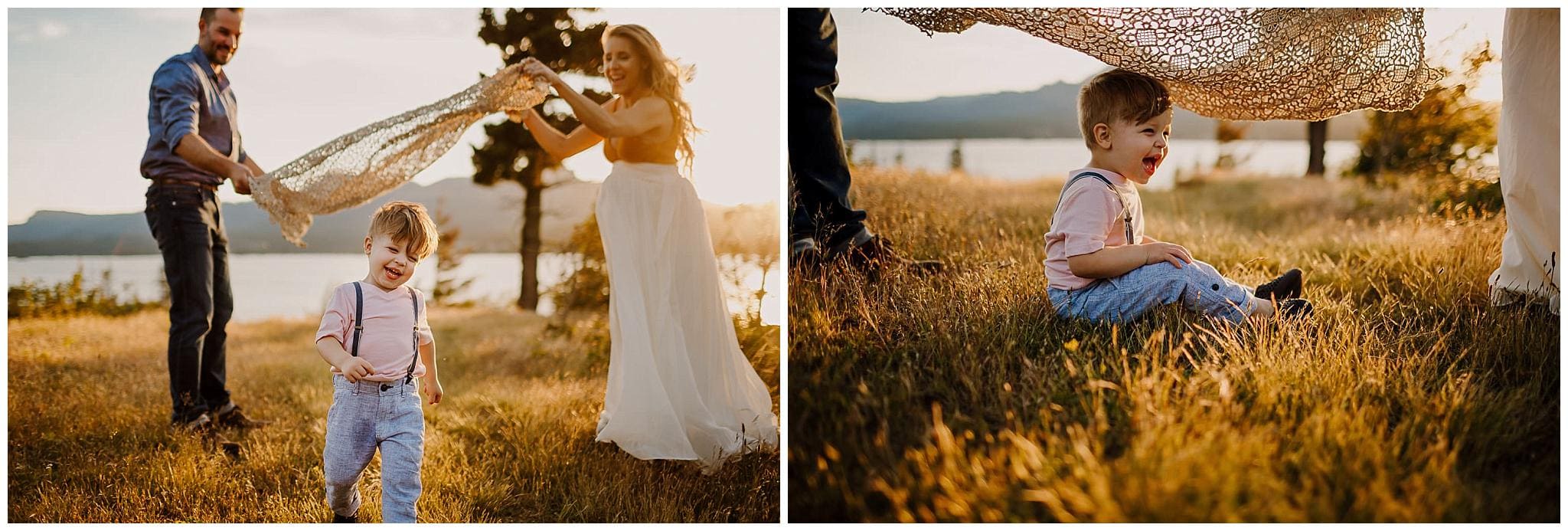Lifestyle photography captures real-life moments. It tells stories through images.
In a world filled with posed pictures, lifestyle photography stands out. It focuses on genuine interactions and emotions. These photos reflect everyday life, making them relatable and timeless. Whether it's a family laughing together, friends enjoying a day out, or someone deep in thought, lifestyle photography brings these moments to life.
It’s about authenticity and capturing the beauty in the mundane. Unlike traditional portraits, lifestyle photos are spontaneous and natural. They reveal true personalities and connections. If you want to preserve real memories, lifestyle photography is the way to go. This blog explores what makes lifestyle photography unique and how it can add depth to your photo albums. Let's dive in!
Introduction To Lifestyle Photography
Lifestyle photography captures people in real-life situations. The aim is to tell stories about their lives. Authenticity is key. Photos show genuine emotions and natural interactions. This style is less posed. It feels more personal and true to life. Photographers often work in homes, parks, or streets. They seek to capture the essence of daily life.
Authentic moments create meaningful photos. They reflect real experiences and feelings. These images often hold more value. They remind us of genuine connections. Posed photos can feel fake. Real moments bring warmth and nostalgia. They capture the true spirit of an event. These photos become cherished memories.
Essential Gear
A good camera is key. DSLRs and mirrorless cameras are great choices. Both types are easy to use and offer high quality. Pair your camera with the right lenses. Wide-angle lenses capture more of the scene. Prime lenses are sharp and great for portraits. Always choose lenses that match your needs.
Natural light is the best. Shoot during the golden hour for warm, soft light. Reflectors help control light. They brighten shadows and balance the scene. Tripods keep your camera steady. They are useful for low light. Extra batteries and memory cards are must-haves. Always be prepared for long shoots.
Finding The Perfect Location
Choosing between indoor and outdoor settings can be tough. Indoor settings provide a controlled environment. You can adjust the lighting and background easily. Outdoor settings offer natural light and beautiful landscapes. They can make photos look more vibrant. Consider the weather for outdoor shoots. It can change quickly. Indoor locations are perfect for consistent shots. Outdoor locations provide a natural feel. Both have their own charm.
Natural environments add authenticity to your photos. Parks, beaches, and forests are great spots. They offer unique backdrops. Sunlight can create stunning effects. Early morning or late afternoon light is best. Golden hour light is soft and warm. Use shadows to add depth. Natural settings can inspire creativity. They offer endless possibilities. Always respect nature. Leave no trace behind.

Credit: www.nationsphotolab.com
Working With Natural Light
Golden hour happens just after sunrise and before sunset. The light is soft and warm. This time creates a magical glow on everything. Shadows are soft, and colors are rich. It's perfect for capturing beautiful portraits and landscapes. Always plan your shoots for this time.
Harsh light occurs during midday. It creates strong shadows and bright highlights. To soften the light, use a reflector or a diffuser. Move into the shade for even lighting. Cloudy days help too. The clouds act like a giant softbox. Adjust your camera settings for better results.
Posing Techniques
Candid photos capture real moments. People act naturally. They do not pose. Staged photos are different. People follow instructions. They look at the camera. Both styles have their charm. Candid shots feel more genuine. Staged shots look more polished. Choose the style that fits your story. Both can be beautiful.
Making subjects feel relaxed is key. Talk to them. Make them laugh. Show examples of good poses. Let them know they look great. Give simple directions. Praise their efforts. Keep the mood light. The goal is to capture their true self. Comfort brings out the best in photos.
Storytelling Through Images
Lifestyle photography shows real moments. It catches true feelings. A smile, a tear, a laugh. Each emotion tells a story. Photographs freeze these emotions. They let us remember. They make us feel again. This makes lifestyle photography special. It is more than just pictures. It is about feelings.
Creating a story through images is key. Each photo is a piece of the story. Together, they form a complete tale. Moments connect. They show a journey. A beginning, middle, and end. This makes photos powerful. They speak without words. They let viewers imagine. They tell stories that last.
Post-processing Tips
Good editing software can make photos look better. Tools like Adobe Lightroom and Photoshop help a lot. They can fix colors, light, and shadows. These tools are easy to use. You can learn quickly. Practice makes perfect. Keep editing until you get the look you want. Don't be afraid to try new things. Explore all the features. Each tool has something special. Find what works best for you.
Keep photos real. Too much editing can make them fake. Balance is key. Enhance colors but don't overdo it. Keep skin tones natural. Avoid making people look different. Show true beauty. Edits should highlight, not change. Stick to small adjustments. Less is more. Let the picture tell its own story. Authentic photos connect better with people.
Building A Portfolio
Your portfolio should have your best photos. Choose photos that show your unique style. Make sure each photo tells a story. Each photo should make people feel something. Only pick photos that you are proud of.
A good portfolio shows your range. Include photos of different scenes and people. Show that you can take photos anywhere. Use photos with different lighting and angles. This proves your skills in many situations. Make sure your portfolio is balanced and diverse.
Tips For Beginners
Practice every day to improve your skills. Take photos of different subjects. Try new angles and lighting. Explore various settings on your camera. Even your phone camera works. Capture moments around your home. This helps you get better fast. Make it a habit. Consistency is key. Over time, you will see progress.
Review your photos regularly. Notice what went wrong. Learn from each mistake. Maybe the lighting was bad. Or the focus was off. Adjust and try again. Mistakes help you grow. Ask for feedback from friends or online groups. They can offer new ideas. Keep a log of your errors. This makes it easier to avoid them next time.

Credit: www.markdelong.com

Credit: beccajeanphotography.com
Frequently Asked Questions
What Is Lifestyle Photography?
Lifestyle photography captures real-life events in an artistic way. It focuses on people's everyday moments and interactions. The goal is to tell a story through natural, candid shots.
How To Prepare For A Lifestyle Photoshoot?
Choose a comfortable location that reflects your lifestyle. Wear outfits that represent your personality. Relax and enjoy the moment to capture genuine emotions.
What Equipment Is Best For Lifestyle Photography?
A versatile DSLR or mirrorless camera with a prime lens is ideal. Natural light is preferable, so use reflectors if necessary.
Why Is Natural Light Important In Lifestyle Photography?
Natural light creates softer, more flattering images. It enhances the natural look and feel of the photos, making them more authentic.
Conclusion
Lifestyle photography captures genuine moments and emotions. It adds depth to everyday scenes. This style is perfect for preserving real memories. Anyone can try it with a bit of practice. Use natural light and simple settings. Focus on emotions and candid shots.
These photos tell a story without words. Start capturing your life's moments today. Embrace the beauty in the ordinary. Your everyday life holds countless stories. Lifestyle photography helps you cherish them forever.
.png)





0 Comments